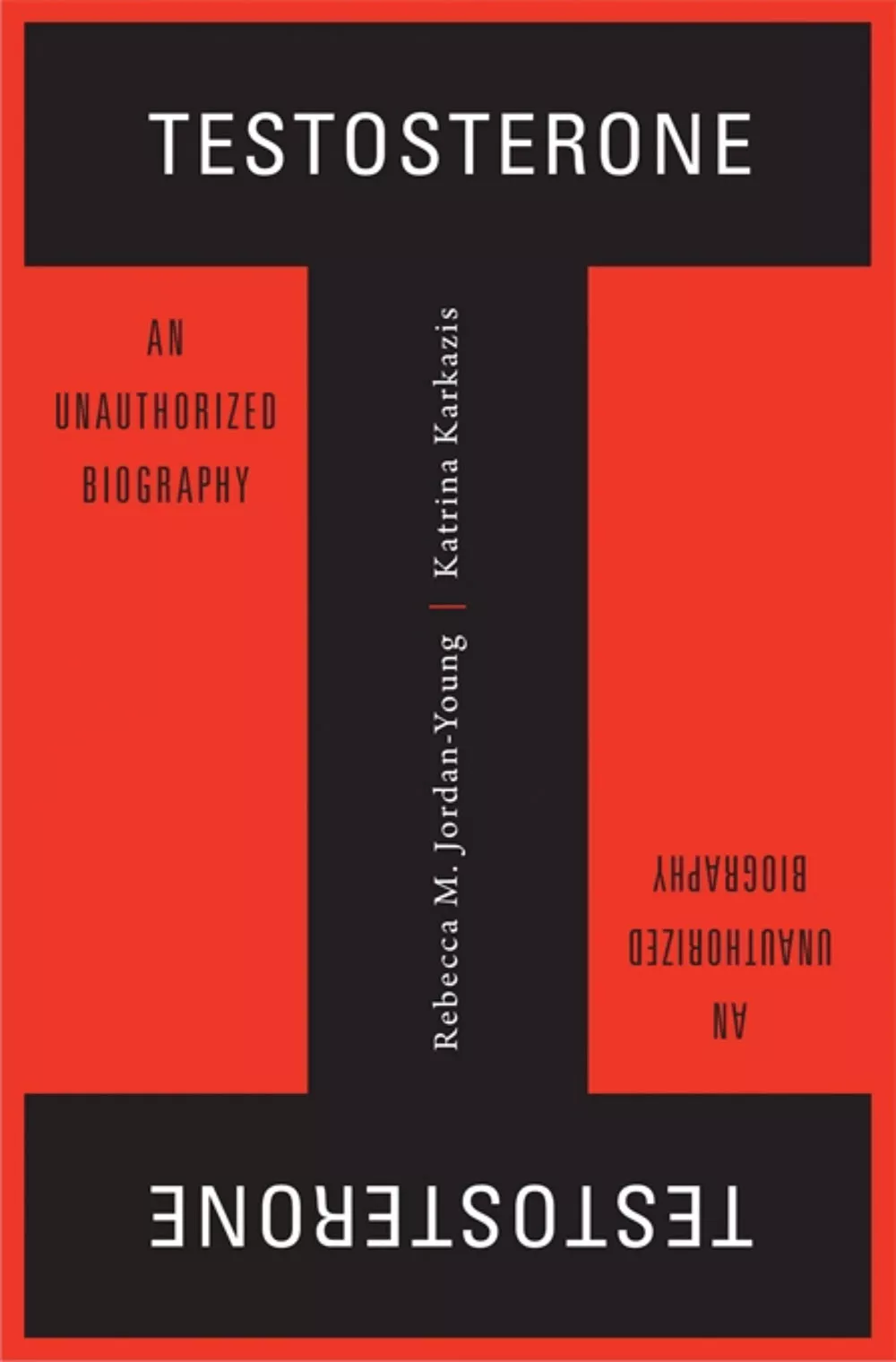Demythologizing T
What’s the most abundant steroid hormone in the typical adult woman’s body?
If you’re like most well-educated people, you’ll probably say “estrogen.” But you’d be wrong. The correct answer is testosterone, or “T.”
Why, then, do authoritative sources from the National Library of Medicine to the Endocrine Society refer to T as “the male sex hormone”? It’s a great question, and a long story. For almost a century, some scientists have argued that this way of thinking about T is both confusing and inaccurate.
The idea of “sex hormones” goes back to the earliest days of endocrinology, when one of scientists’ main goals was to explain the development and maintenance of sex, which they understood to be binary (strictly male or female). Beginning with the idea that “sex glands” would secrete chemical “essences” of masculinity and femininity, scientists set out to identify those chemicals that would control male or female traits. They expected these chemicals to be sex-specific (each occurring only in the female or male body) and antagonistic (meaning that the “female” chemical would undermine the effects of the “male” one, and vice versa). They also expected the primary or even exclusive role of the chemicals would be related to sex differences and reproduction. All of those ideas turned out to be wrong. In the 1930s, for instance, scientists puzzled over the origins of so-called “heterosexual hormones”—by which they meant “male sex hormones” in female bodies and vice versa! Over the ensuing decades, scientists have come to accept that all people produce the same steroid hormones (albeit in different absolute and relative amounts) and that testosterone, estrogen, and other steroids are not just about sex but are necessary for a wide range of functions in all people.
One of the most intriguing facts about T is that it can have both direct effects, when it attaches to an androgen receptor, or indirect, by converting to estrogen and acting through estrogen receptors. Scientists have known this for about 50 years, but the implications are still not widely appreciated. For example, only a few years ago researchers at Massachusetts General Hospital made headlines when they reported that T had been getting too much of the credit for men’s sexual function. In that study, scientists repeated a well-known experiment that showed that artificially blocking men’s T production reduced their sexual function, while restoring T levels to normal also returned their sexual function to baseline. But some men received a drug that blocked their bodies’ ability to convert T to estrogen, and even with T replacement, their sexual function was only restored to about 50 percent of their baseline. Meanwhile, until recently, T has been almost universally understood as harmful for female sexual function, but emerging evidence suggests that it plays an important role in the early stages of follicular development, meaning that it is essential for healthy ovulation.
So far, all this evidence hasn’t managed to dislodge the old “sex hormone” concept that weighs down our thinking like a pair of cement shoes. It’s not just a semantic problem. A biologist colleague and I analyzed the most-used high school biology textbooks and found that the term and concept of “sex hormones” is associated with systematic misinformation in secondary school biology education. So next time someone calls T “the male sex hormone,” consider correcting them.
Published on: 05/29/2020

